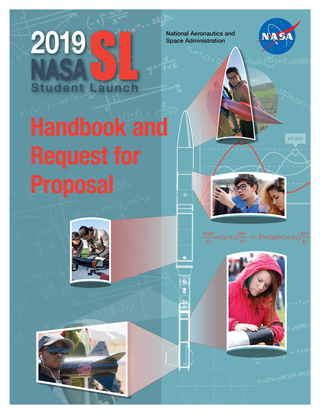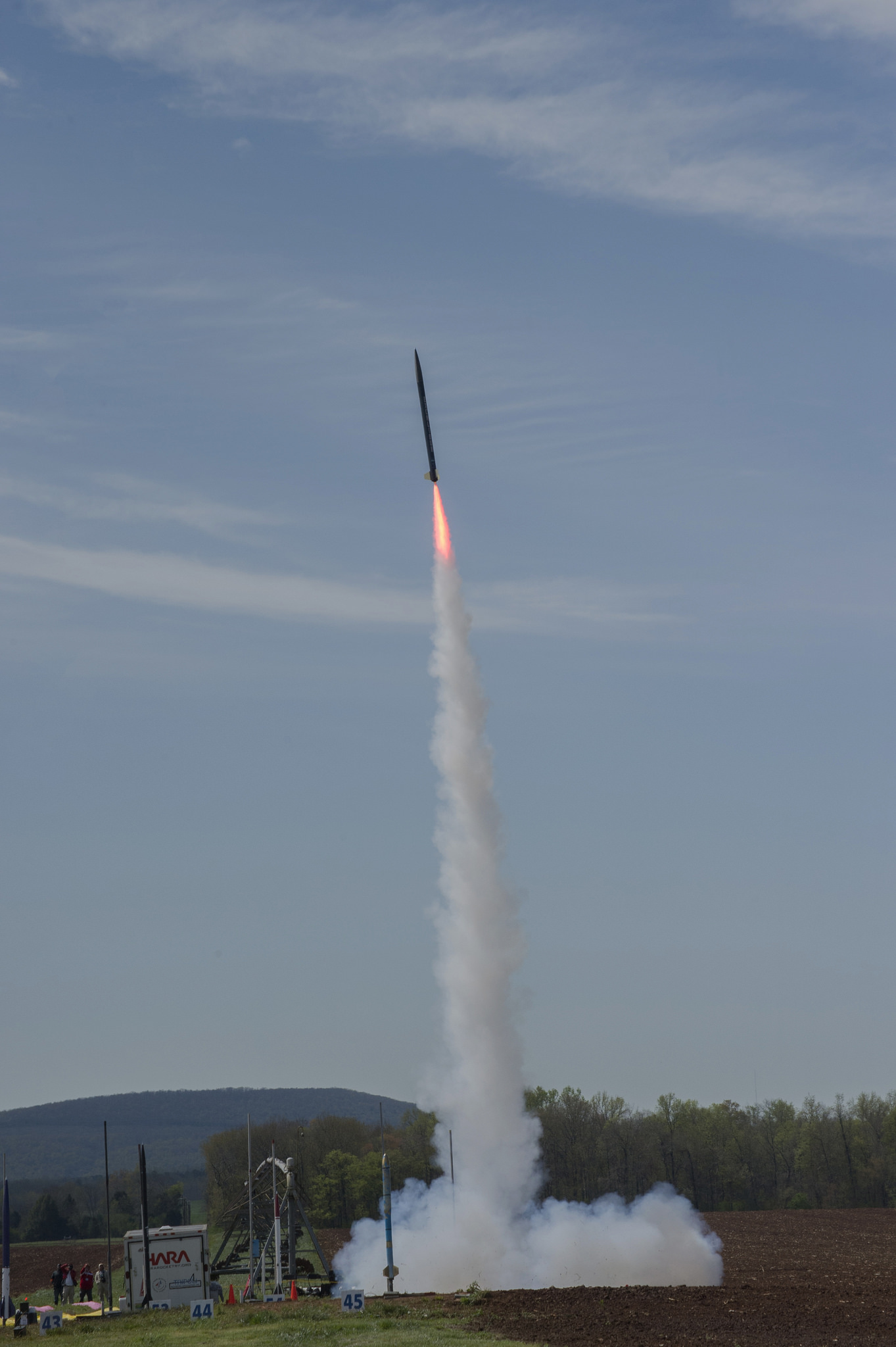NASA’s Student Launch program released the 2018-2019 competition handbook Aug. 22, detailing the rules and challenges for prospective middle school, high school and college teams. Interested student teams must first submit proposals due to the Student Launch team by Sept. 19.
“We are really excited about the changes to Student Launch. The new altitude requirements and the payloads relate directly to NASA missions and provide exciting new challenges for our teams,” said Katie Wallace, Student Launch program manager. “Just as Babe Ruth called his shot when he stepped up to the plate, pointed to center field and smacked a homerun out of the park to where he pointed, now we’re asking teams to predict how high their rockets will fly before they launch.”
In the 19th year of competition, changes made to altitude award and the payload options emphasize the diversity and complexity of NASA missions and destinations while providing teams the opportunity to fly their rockets and payloads to altitudes that will maximize the scientific and engineering value gained by their payloads. Gone this year is the one-mile altitude target for determining the winner of the altitude award. Instead, teams will predict their rocket’s altitude before launch, and the team that comes closest to their predicted altitude will win the award.
While striving to send their launch vehicles thousands of feet into the air, teams also build payloads for their rockets. Teams in the middle and high school division can propose any payload of scientific or engineering curiosity, including those in the college and university division. Last year, a team from Madison West High School in Madison, Wisconsin, performed an experiment to image the Sun — reminiscent of NASA’s Parker Solar Probe that launched Aug. 12.
Teams in the college and university division must select from one of two payloads to develop. The payloads this year are:
- A rover with a robotic arm that deploys after the rocket lands and collects a soil sample
- An unmanned aerial vehicle that deploys either autonomously or by remote control after the rocket lands. The vehicle then takes off and delivers a navigational beacon to a NASA-identified location.
The rover payload debuted last year with overwhelming popularity as 33 of the 45 teams in the college and university division built a rover. The new challenge mimics current missions, such as the Mars Curiosity rover, that collect samples as part of their investigations and future sample return missions.
The unmanned aerial vehicle payload is new to the competition. The vehicle will remain stowed inside the rocket until the rocket lands when it will deploy from the rocket, fly to a designated target and deploy a navigation beacon. The vehicle can be a commercial-off-the-shelf drone. Once the vehicle has autonomously oriented and unpacked itself inside the rocket, teams have the option of deploying it and performing its flight maneuvers autonomously or by remote control. Teams choosing this payload will be following in the footsteps of engineers at NASA’s Jet Propulsion Laboratory in Pasadena, California, who are currently developing a helicopter to fly through the thin atmosphere of Mars during the Mars 2020 mission.
During the eight-month long Student Launch program, the selected teams will design, build and test their payloads, rockets and its components — such as the parachutes — while meeting multiple documentation and review milestones with NASA experts. Teams must also plan and execute science, technology, engineering and mathematics (STEM) outreach. The program is designed to simulate the real-world process NASA and industry engineers follow when developing a new rockets, experiments and hardware.
The Academic Affairs Office at NASA’s Marshall Space Flight Center in Huntsville, Alabama, manages Student Launch to advance NASA’s mission through the collaboration with educational institutions and students. NASA’s Human Exploration and Operations Mission Directorate and the Office of STEM Engagement, as well as Northrop Grumman and the Huntsville chapter of the National Space Club provide funding and leadership for the initiative.
For more information about Student Launch, visit:
https://www.nasa.gov/audience/forstudents/studentlaunch/home/index.html




























